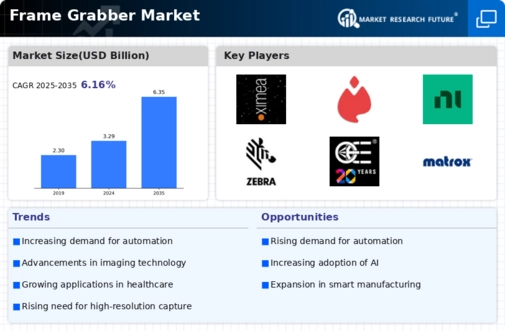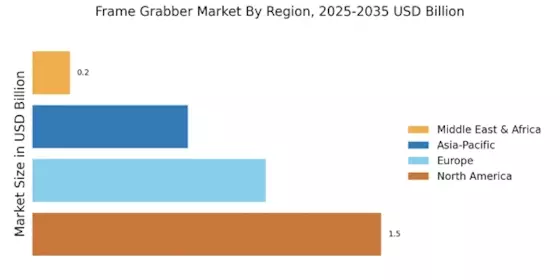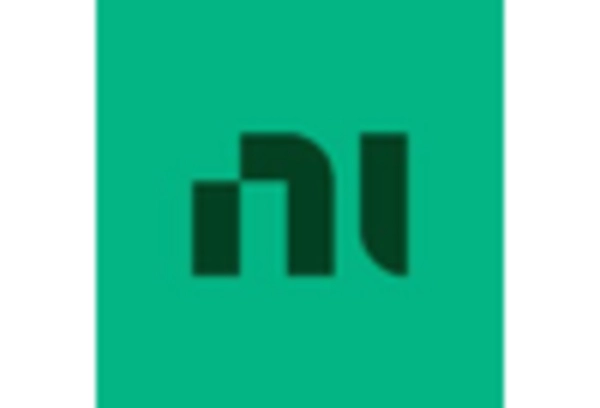Growing Demand for Automation
The increasing demand for automation across various industries is a significant driver for the Frame Grabber Market. As manufacturers and service providers seek to enhance operational efficiency, the need for automated visual inspection systems has grown. Frame grabbers play a crucial role in these systems by capturing and processing images for quality control and monitoring purposes. The automation market is projected to expand, with estimates indicating a growth rate of around 10% annually. This trend is particularly pronounced in sectors such as manufacturing, where the implementation of automated processes is essential for maintaining competitiveness. Consequently, the demand for advanced frame grabbers that support automation initiatives is likely to increase.
Technological Advancements in Imaging
The Frame Grabber Market is experiencing a surge due to rapid technological advancements in imaging technologies. Innovations such as high-resolution sensors and enhanced processing capabilities are driving demand for frame grabbers. These advancements enable the capture of high-quality images at unprecedented speeds, which is crucial for applications in sectors like medical imaging, industrial automation, and security surveillance. The market is projected to grow at a compound annual growth rate (CAGR) of approximately 8% over the next five years, reflecting the increasing reliance on sophisticated imaging solutions. As industries seek to improve efficiency and accuracy, the integration of advanced imaging technologies into frame grabbers is likely to become a key differentiator in the market.
Integration of AI and Machine Learning
The integration of artificial intelligence (AI) and machine learning into the Frame Grabber Market is transforming how image data is processed and analyzed. AI algorithms enhance the capabilities of frame grabbers by enabling real-time image analysis, object recognition, and automated decision-making. This trend is particularly evident in sectors such as automotive, where frame grabbers are used in advanced driver-assistance systems (ADAS). The market for AI-enabled frame grabbers is expected to witness substantial growth, with estimates suggesting a potential increase in market size by over 30% in the next few years. As industries continue to adopt AI technologies, the demand for frame grabbers that can seamlessly integrate with these systems is likely to rise.
Expansion of the Internet of Things (IoT)
The expansion of the Internet of Things (IoT) is significantly influencing the Frame Grabber Market. As more devices become interconnected, the need for efficient image capture and processing solutions is increasing. Frame grabbers are essential components in IoT applications, enabling real-time monitoring and data collection from various sources. The IoT market is expected to grow substantially, with projections suggesting a potential increase in connected devices to over 75 billion by 2025. This proliferation of IoT devices is likely to drive demand for frame grabbers that can seamlessly integrate with IoT ecosystems, facilitating enhanced data analytics and operational insights. As industries leverage IoT technologies, the frame grabber market is poised for considerable growth.
Rising Adoption of 3D Imaging Technologies
The Frame Grabber Market is witnessing a notable rise in the adoption of 3D imaging technologies. These technologies are increasingly utilized in applications such as robotics, virtual reality, and medical imaging, where depth perception and spatial awareness are critical. The demand for frame grabbers that can handle 3D data is growing, as industries recognize the advantages of enhanced imaging capabilities. Market analysts project that the segment for 3D imaging frame grabbers could see a growth rate of approximately 12% over the next few years. This trend indicates a shift towards more sophisticated imaging solutions that cater to the evolving needs of various sectors, thereby driving the overall growth of the frame grabber market.















